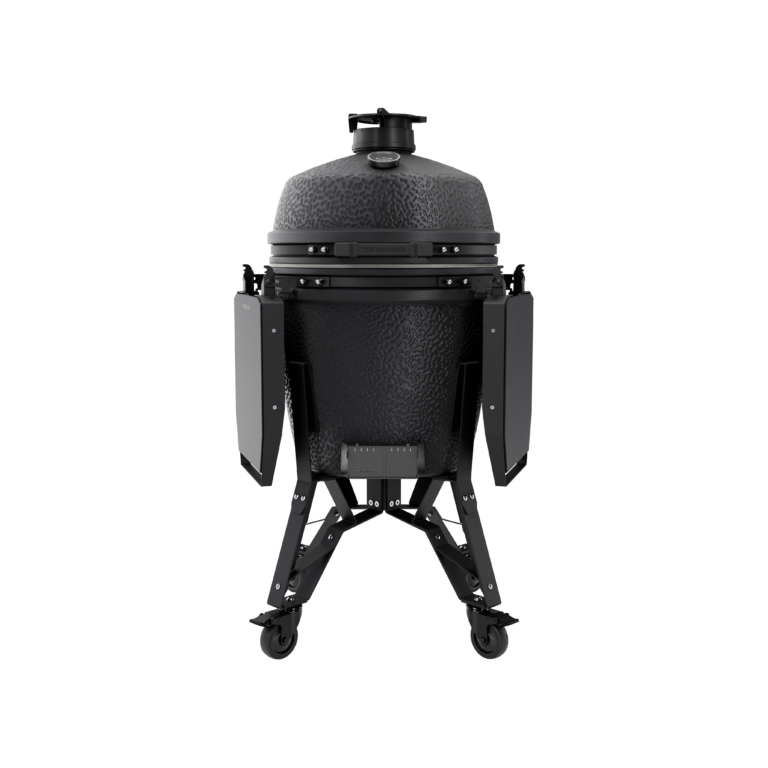Fill the bowl of the food processor with flour. Add salt and sugar to one side of the bowl and yeast to the other. Now add the water and turn the mixer on low speed for 2 minutes, then on medium speed for 6 minutes. The dough should be quite stiff. Place the dough on a lightly floured surface and shape it into a ball. Sprinkle the ball with flour, wrap in a clean plastic bag or foil and place in the fridge for 1 hour. On a lightly floured surface, roll out the dough into a rectangle about 60 x 20 cm and about 1 cm thick. Shape the butter into a flat rectangle of approx. 40 x 19 cm by making little dents in it with a rolling pin. Place the butter on the dough so that the bottom two-thirds are covered. Make sure that the butter almost reaches the edges of the dough. Fold the remaining part of the dough over a third of the butter. Carefully cut off the visible part of the butter, without taking the underlying dough with it, and place this on top of the dough that you have just folded over. Fold the remaining dough over the butter. Now you have a sandwich of two layers of butter and three layers of dough. Pinch the edges of the dough together to seal in the butter. Wrap it all up in plastic and put it in the fridge for 1 hour to let the butter harden. Remove the dough from the plastic and place it on a lightly floured surface with the short side towards you. Roll the dough, as before, into a rectangle of about 60 x 20 cm. Now fold one third of the dough upwards and then fold the remaining part, furthest away from you, back on top so that you get a nice square. This is called a tour. Wrap the dough back in plastic and put it back in the fridge for another hour. Repeat the tour two more times, putting the dough in the fridge for 1 hour each time. After the last turn, leave the dough in the fridge for 8 hours (or a whole night) to rest and rise. Place the dough on a lightly floured surface and roll it out into a rectangle, just over 42 cm long and 30 cm wide; the dough should be about 7 mm thick. Trim the edges. Cut the rectangle lengthwise into two strips and then, starting from the long side, cut triangles; they should be 12 cm wide and 15 cm high (measured from the centre of the widest part to the tip). You can use the first triangle as a template for the rest. You should be able to make six triangles out of each strip. Before rolling, hold the wide part of the triangle while gently pulling the narrower end to stretch the dough. Now, starting with the wide part, roll the triangle into a croissant. Make twelve medium-sized croissants this way. For a traditional crescent shape, bend the ends slightly towards each other. Place the croissants on the baking tray, giving them room to expand: limit the number to four to six per tray. Slide the baking sheets into a clean plastic bag and leave the croissants to rise at cool room temperature (18-24 °C) until they have at least doubled in size (this takes about 2 hours). Beat an egg and add a little salt. Brush the top and sides of the croissants with the beaten egg. Put on the baking sheet for 15 to 20 minutes The Bastard until the croissants are golden brown. Let them cool off a little and eat them warm.

















